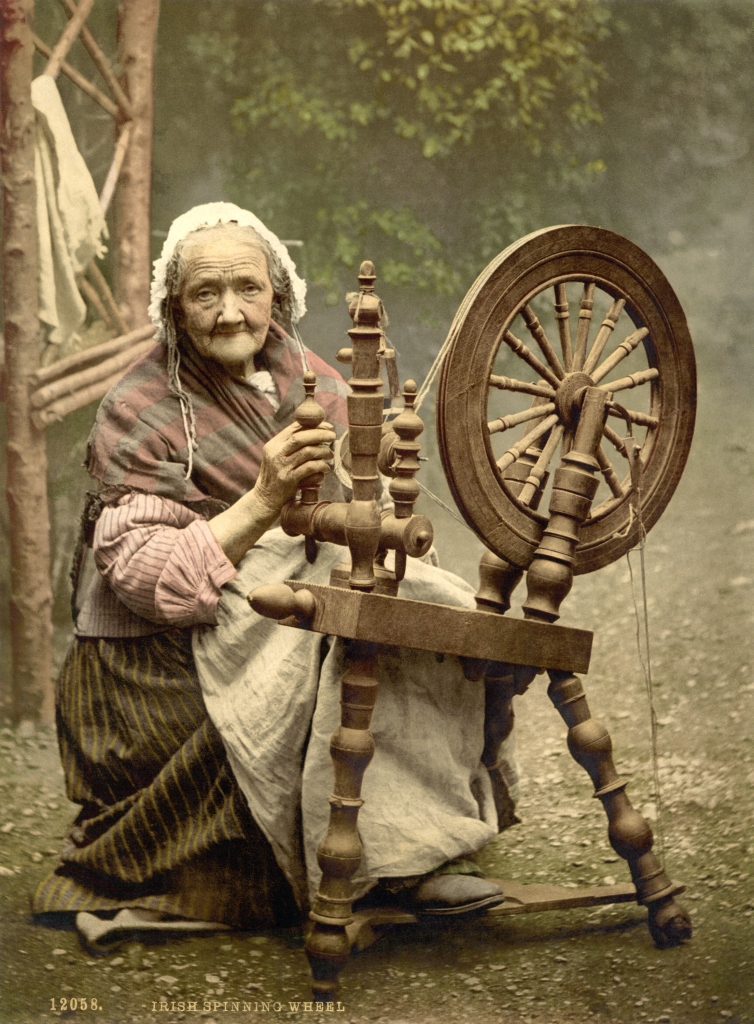Employment, retirement and pensions: the Victorian era as a golden age for the elderly
by Tom Heritage (University of Southampton)

Library of Congress collection
For far too long, our elderly ancestors have been viewed through the prism of the National Health Service and the modern welfare state: old people are regarded as a burden, taking out of society rather than contributing. In contrast, this study of census data for five counties across England and Wales from 1851 to 1911 reveals a reciprocal relationship between those living in old age and wider society.
First, across the whole period, 86-93% of men aged 60 and over were in employment. Even if we exclude those in workhouses, the figure is 80-85%.
Most old men worked in agricultural and general labouring, although an increase was evident by 1911 in the mining industry in Glamorgan and metal manufacturing in Sheffield. Bricklaying, house painting, dock labouring and commercial sales were also pursued in urban areas. Labour force participation rates were higher among men in their sixties than among men in their seventies and eighties.
Second, from 1851 to 1911, between a sixth and a third of women aged over 60 were in employment. Although their occupations were less diverse than those of men, the majority were based in domestic service.
Old women were also involved in cotton and silk textiles and in the manufacture of straw hats. Over time, though, the employment rates of old women did not increase like those of men, owing partly to foreign competition in Asian straw imports and French silks.
Third, retirement was not an innovation brought about by the creation of old age pensions. As early as 1891, over 13% of old men were described in the census as ‘retired’, with high rates in the areas favoured by today’s retirees: the coastal areas of Christchurch and Portsmouth in southern England. More old people retired than went into the workhouse.
But retirement was only an option for those who had inherited or managed to accumulate wealth, such as former smallholders, grocers, innkeepers, civil servants or military officers. Others who lacked land or capital, for example agricultural labourers, or boot and shoe makers were forced to resort to the Poor Law.
Even then, this did not always, or usually, mean the workhouse. Welfare assistance to old people in their own homes was common, especially for women. ‘Outdoor relief’, usually around 2s 6d per week, was issued as a weekly ‘pension’.
Moreover, the women who received it were not always as old as those entitled to a pension in the modern era: in Yorkshire in 1891, over 10% of old women described as ‘on relief’ were under 66, which will be the minimum pension age for women by 2020.
So is it really true to say that nowadays, ‘the elderly have never had it so good’? In a sense it is, as old people lead healthier and longer lives today than they have ever done.
But it would be wrong to conclude that old people in Victorian times were largely condemned to lives of pain and poverty. They had a wide range of experiences, and many had access to employment opportunities and sources of assistance that are no longer offered.
In terms of present day policy, we might learn something from our Victorian forebears about ways to integrate the general population in their sixties into the workforce, so that they can contribute to society as well as receive welfare.

